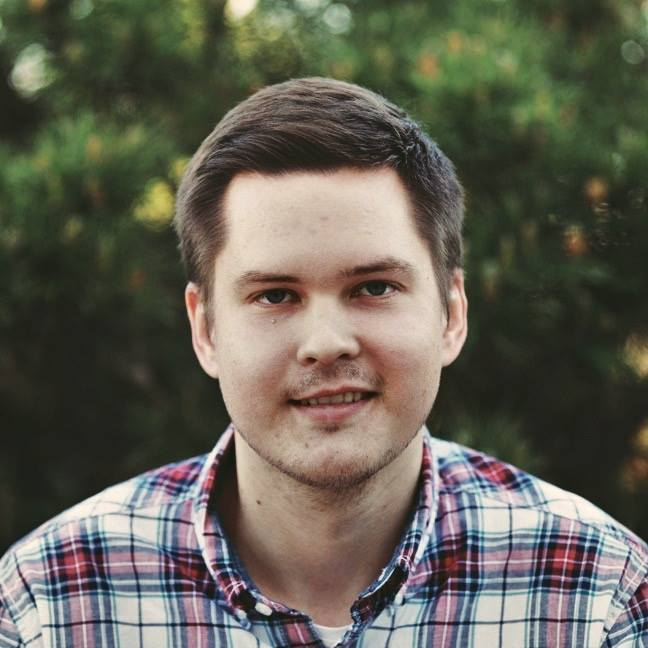Audio Presented by

I’m a software developer with 15 years of experience. For the past 12 years, I have been focusing in mobile development.
Story's Credibility



About Author
I’m a software developer with 15 years of experience. For the past 12 years, I have been focusing in mobile development.